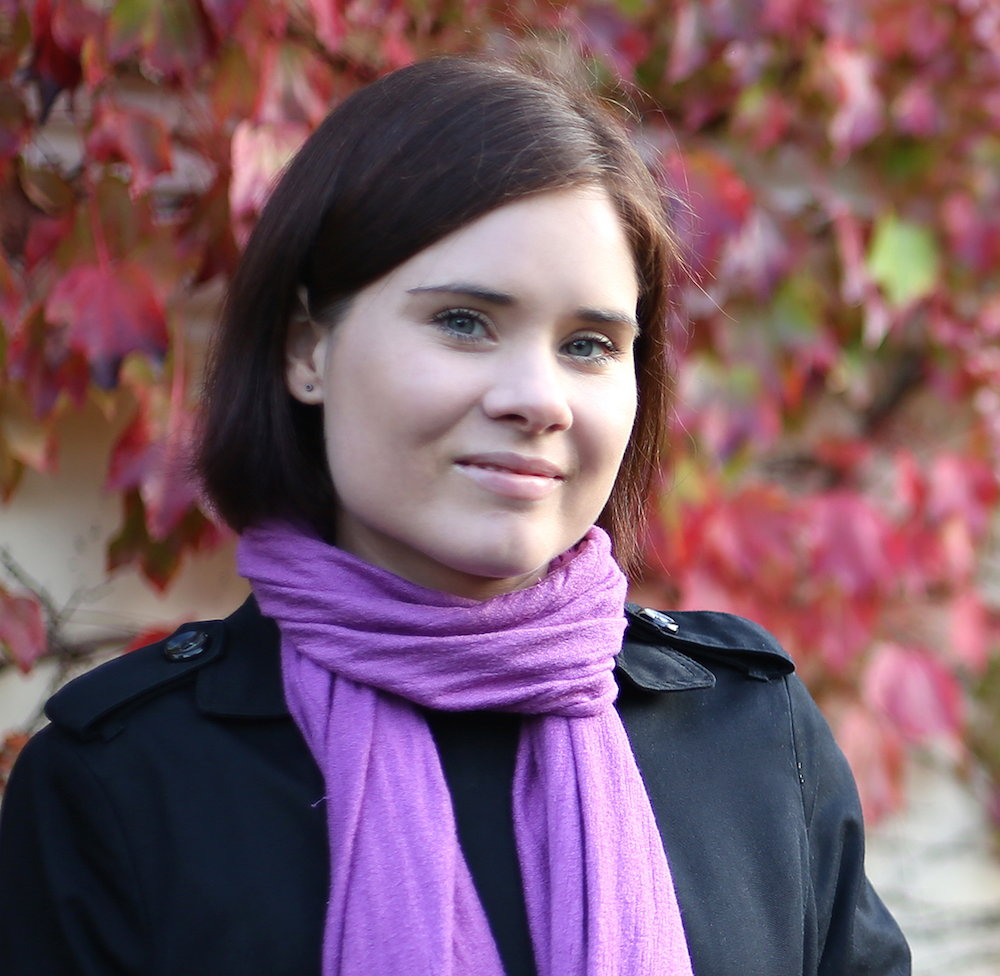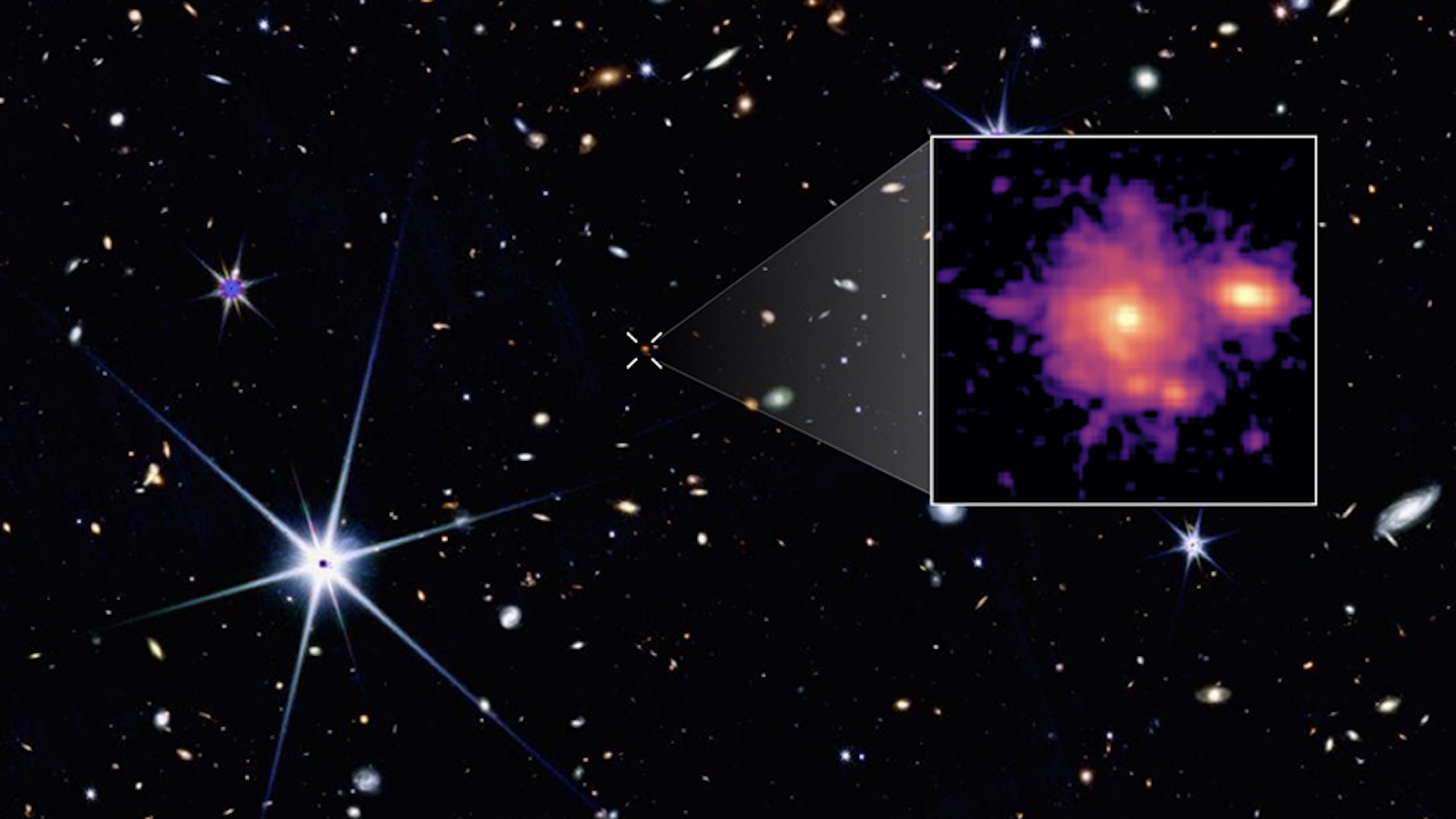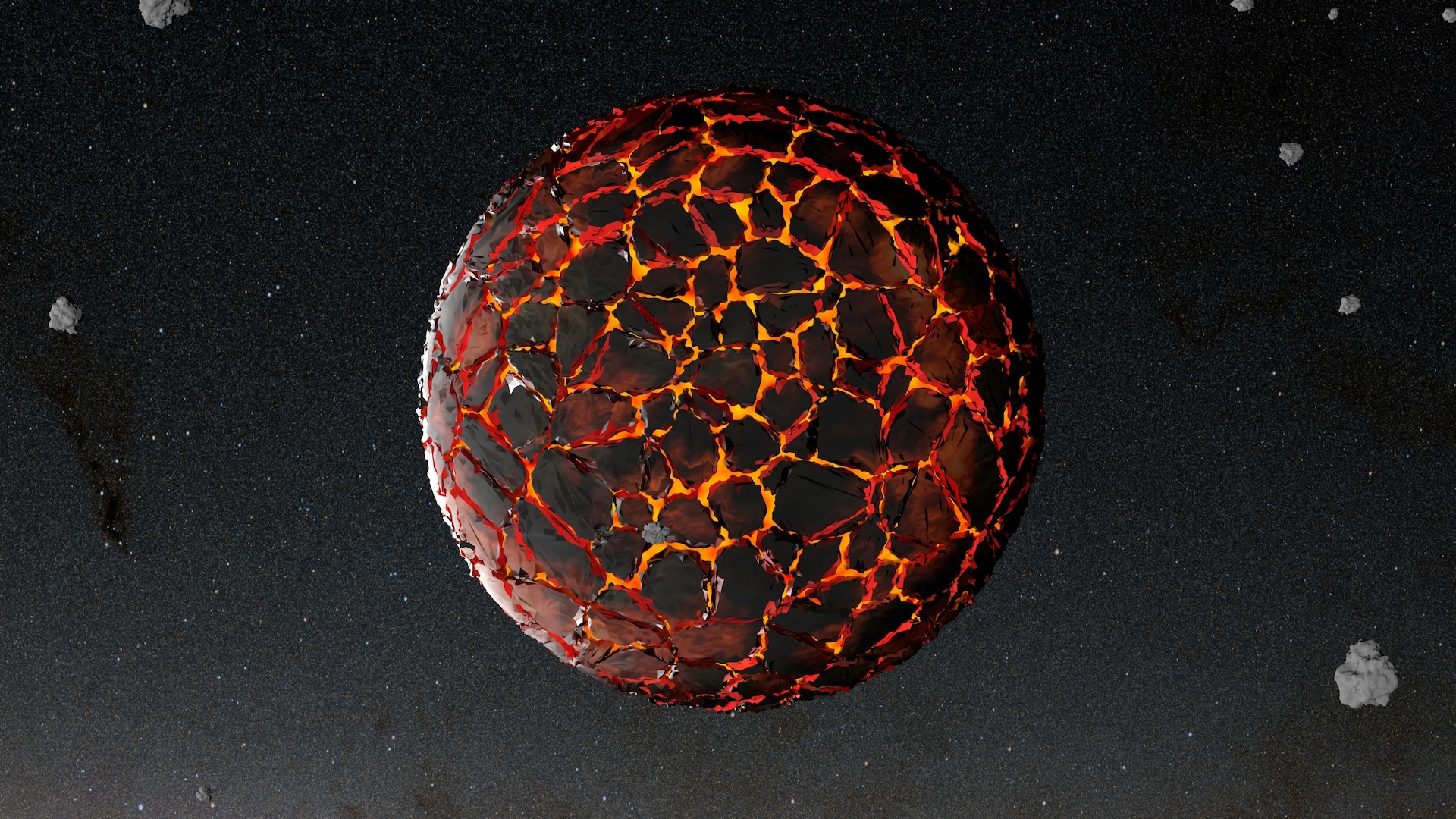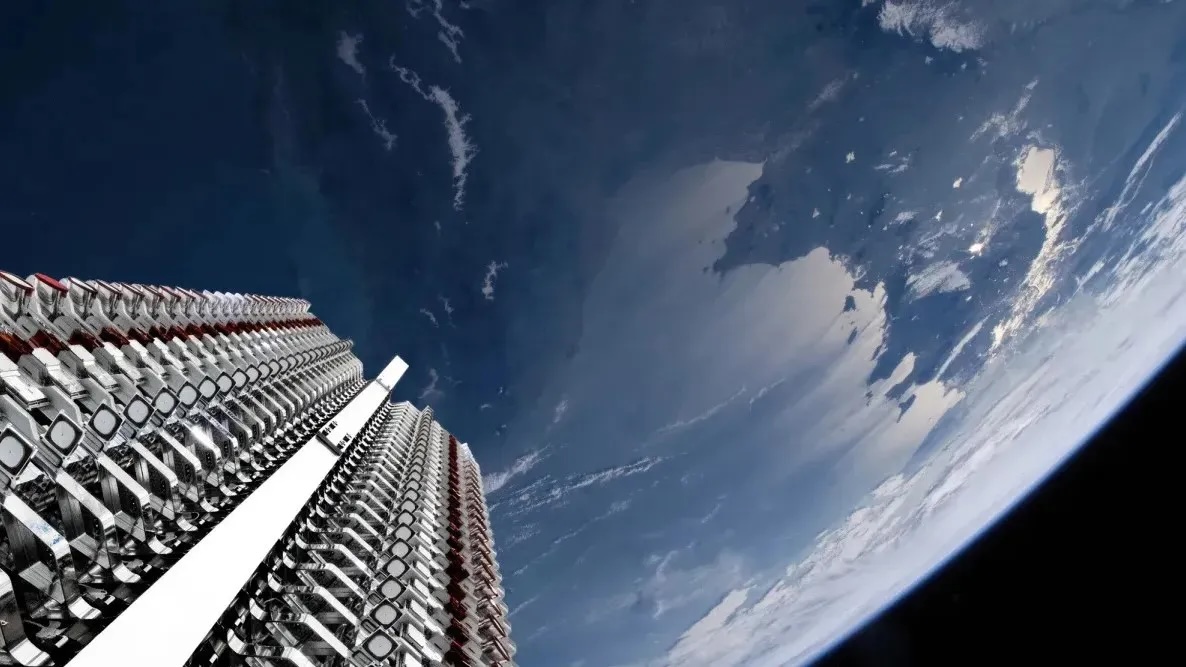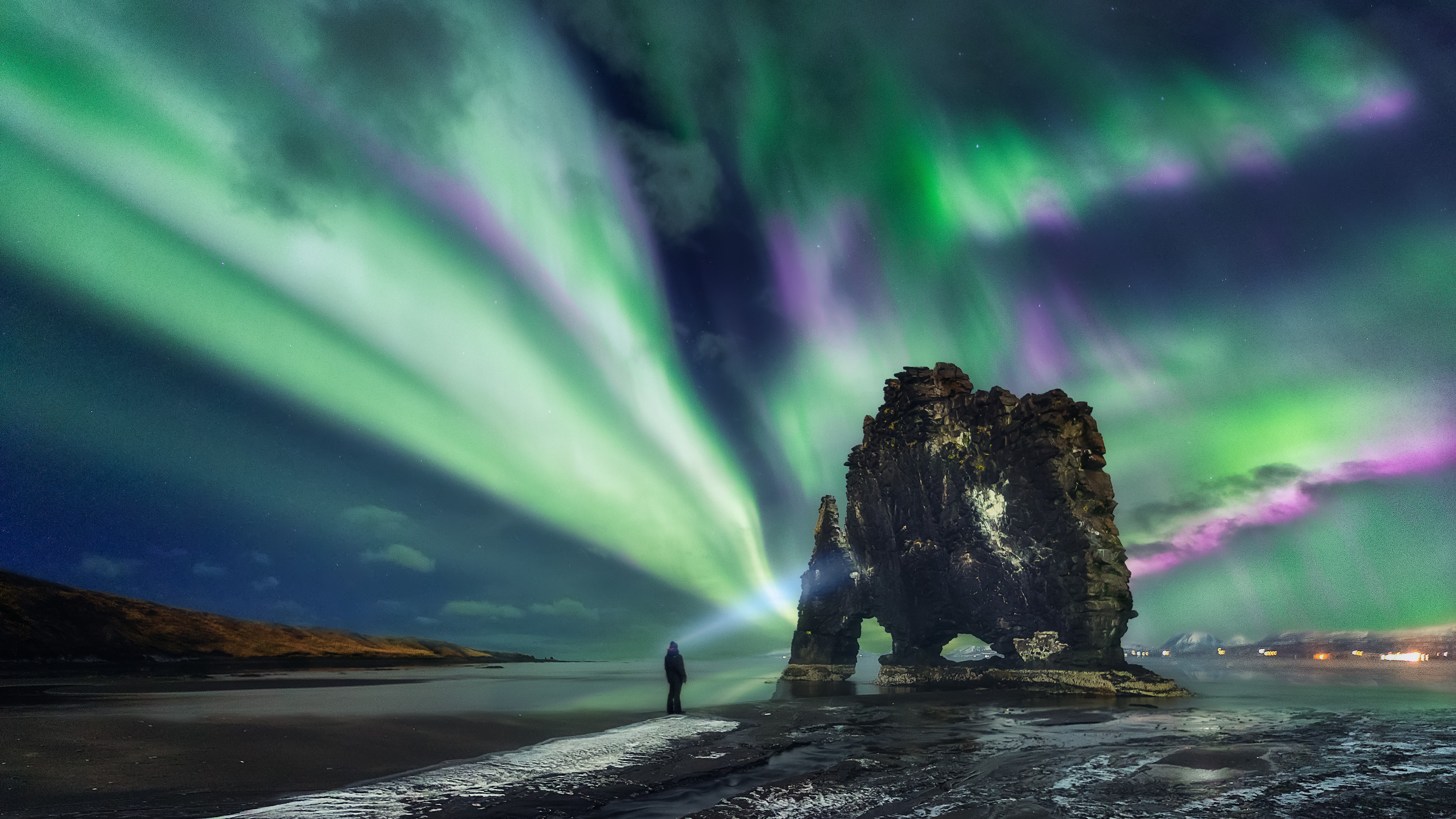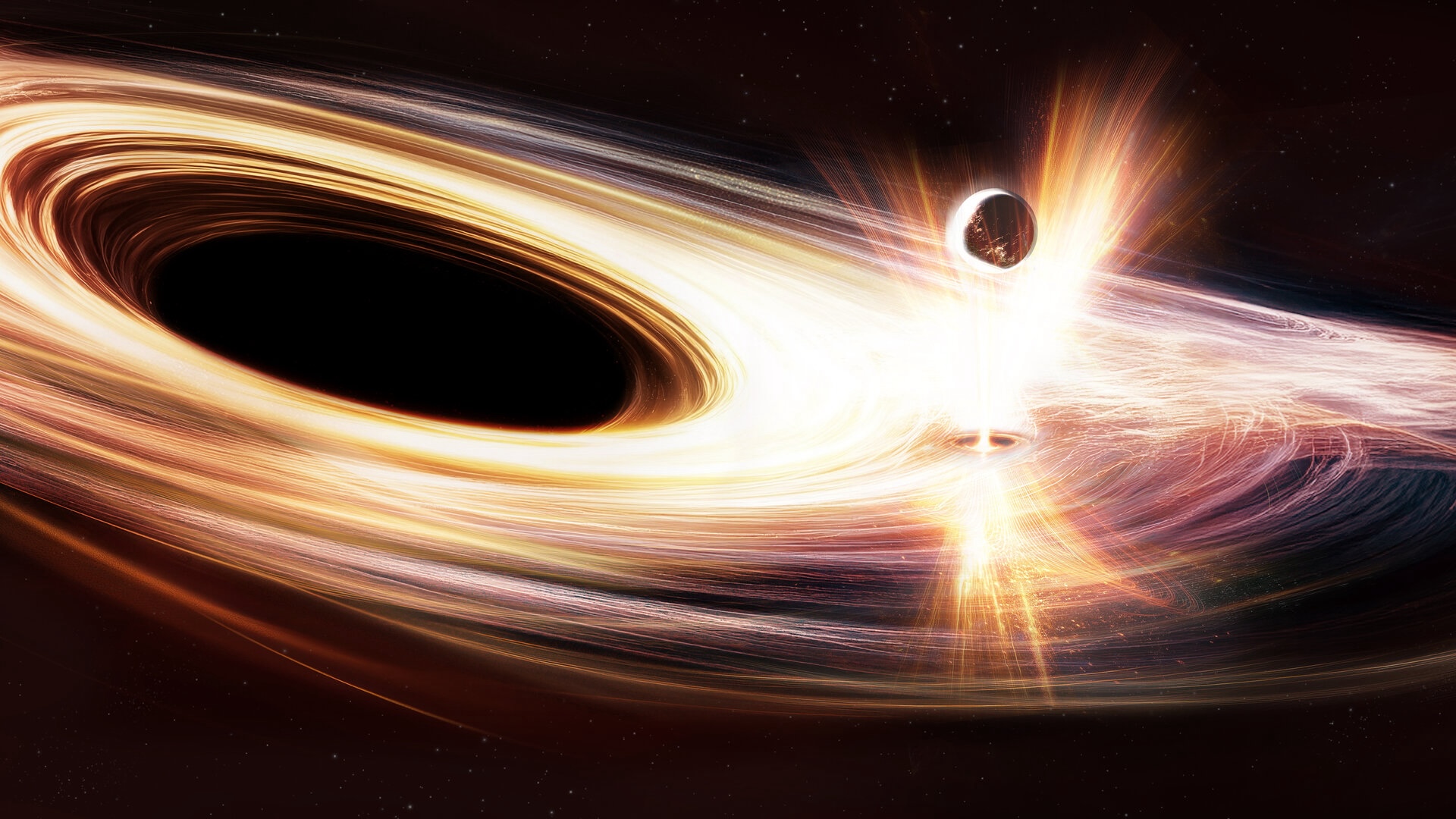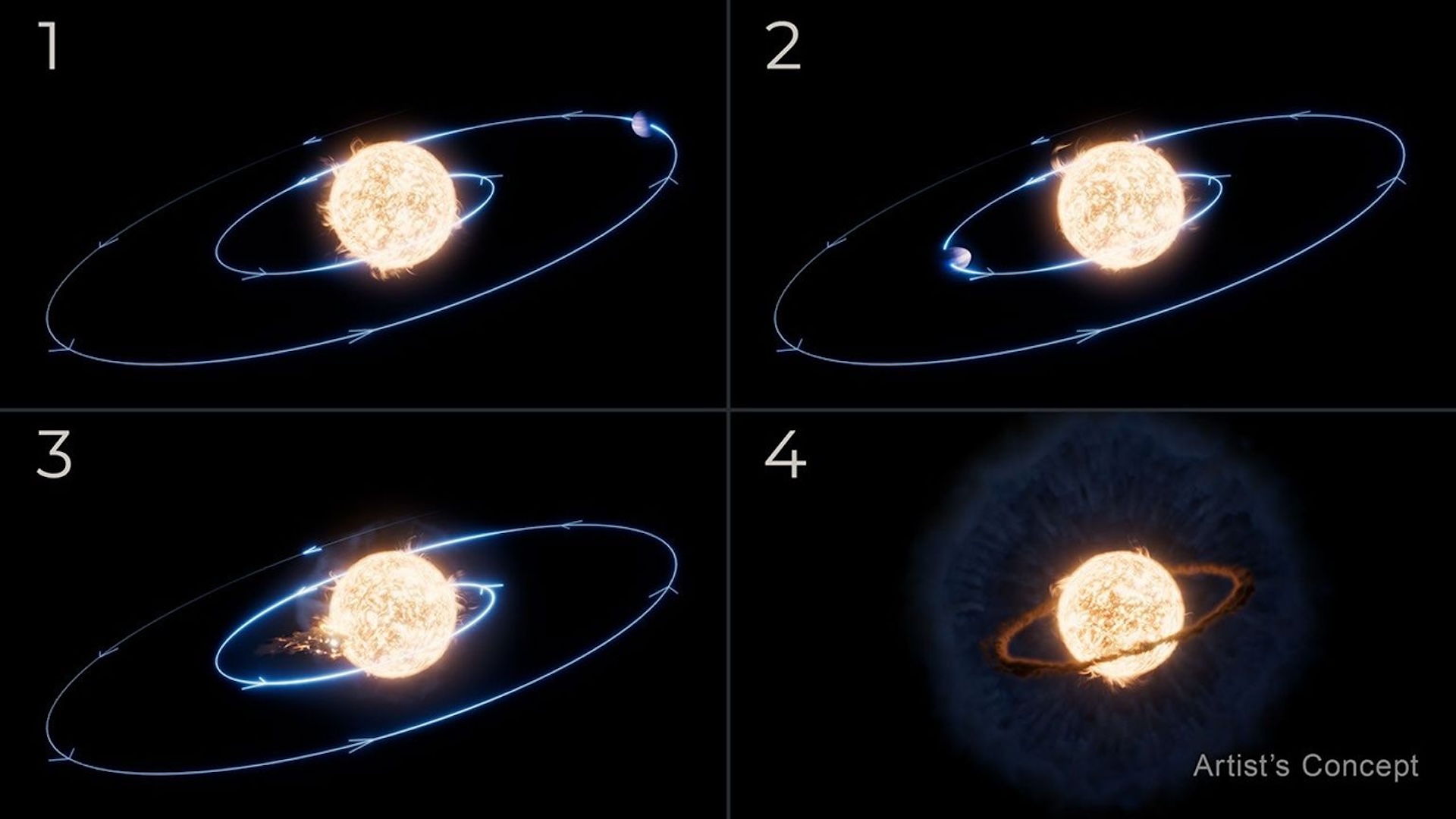Earth's elusive 'ignorosphere' could shed new light on auroras
We know very little about some parts of Earth's atmosphere.
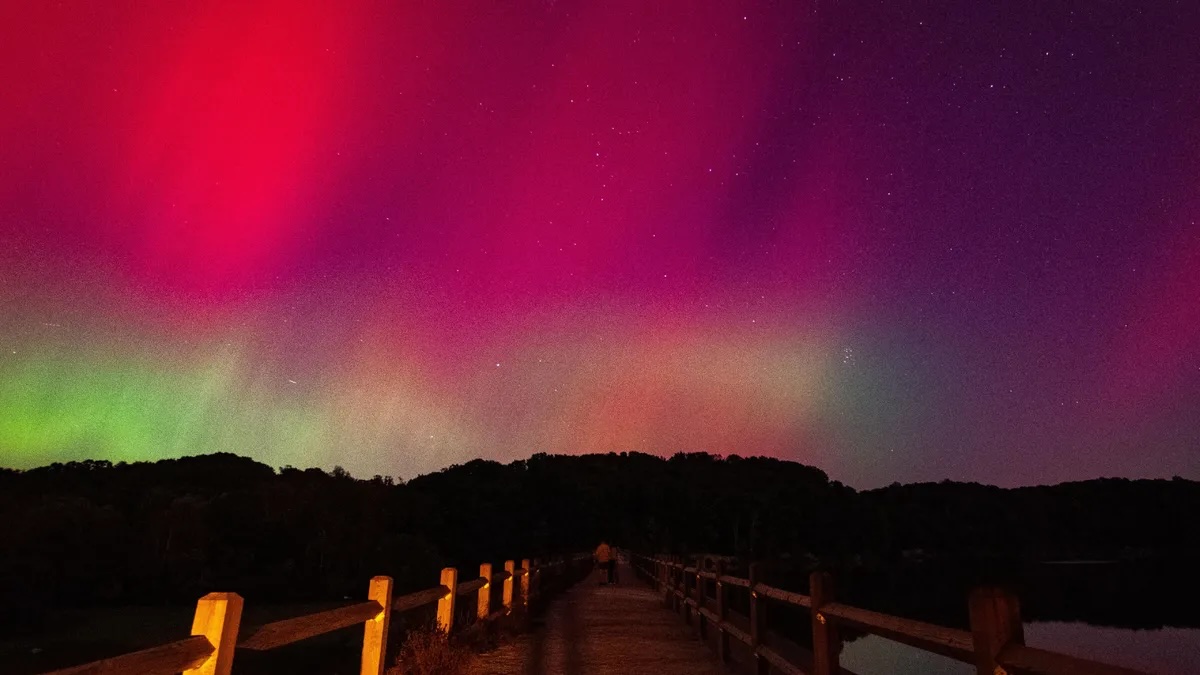
Japanese scientists have created the first-ever long-term dataset about Earth's entire atmosphere, stretching all the way to space.
They hope the project will help shed light on some little-explored processes taking place inside our planet's gaseous shroud, including the magnificent northern lights.
Some parts of Earth's atmosphere are studied continuously in incredible detail. For example, millions of weather stations all around the world, hundreds of meteorological balloons and countless airplanes provide daily measurements of the entire troposphere, the atmosphere's lowest region. The balloons also reach the lower part of the stratosphere, the layer above the troposphere. The amount of data generated by these measurements is so high that it makes modern computational weather models nearly infallible.
Look a little higher, however, and the story is completely different. The mesosphere, the layer of sparse air above the stratosphere that reaches nearly to the edge of space, is very much a complete unknown. So little is known about processes in the mesosphere that the region is sometimes called the "ignorosphere." This void in our knowledge is a result of the ignorosphere's unreachability — it's too high for stratospheric balloons and generally too low for instruments on satellites in low Earth orbit to explore.
Related: Extremely rare, black 'anti-auroras' paint luminous 'letter E' above Alaska
A team of researchers from the University of Tokyo attempted to solve the problem using computer modelling. They took the rare available measurements of meteorological parameters in the ignorosphere — obtained by sounding rockets and Earth-based radar and lidar instruments — and fed them into a new data assimilation system they had developed earlier. Data assimilation is a technique that combines modelling with direct observations to predict the evolution of a system. The system was then instructed to reconstruct what may be happening within the mesosphere to fill in the blanks.
The Japanese researchers used the model to generate 19 years' worth of data encompassing the evolution of the entire atmosphere up to the altitude of 110 kilometers (68.4 miles). They then used additional measurements of mesospheric winds obtained by ground-based radar to verify some parameters in the model to gain confidence in its results.
Sign up for the Live Science daily newsletter now
Get the world’s most fascinating discoveries delivered straight to your inbox.
The dataset covers the period between September 2004 and December 2023 and will enable researchers to explore and model some of the mysterious phenomena that take place at higher altitudes, including the mesmerizing aurora borealis and its antipodean counterpart, the aurora australis.
"For the troposphere and stratosphere, we have a lot of data, and numerical modelling for this region is almost perfect," Kaoru Sato, a professor of atmospheric physics at the University of Tokyo and lead researcher behind the project, told Space.com. "In the region above, the models don't perform that well because they don't have accurate data of the initial conditions. Our dataset can provide that."
The ignorosphere is the atmospheric region where many effects related to space weather occur. When bursts of charged particles from the sun hit our planet, they mix with the thin gases high above Earth, exciting the air molecules. As that happens, the molecules give off the mesmerizing glow we can observe on Earth as the auroras. But there are other, less visible effects that space weather has on the atmosphere.
"The high-energy solar particles can change ozone chemistry and disrupt the ozone layer," Sato said. "We also know that the aurora phenomenon can create what we call gravity waves, which then propagate downward into the atmosphere."
Gravity waves (not to be mistaken for the gravitational waves produced by black hole collisions, among other dramatic encounters) are vortices that occur throughout the atmosphere. They transport energy across the globe, thus affecting climate patterns. So far, however, climate modelers haven't been able to understand the effects of gravity waves that occur at higher altitudes.
"Our dataset provides initial conditions in very high resolution for the general circulation model of the atmosphere," Sato said. "So, it allows us to simulate gravity waves in the entire atmosphere, from the surface to the edge of space."
The data will also help researchers better model how processes in the lower atmosphere affect the ionosphere, the part of the atmosphere above altitudes of 50 miles (80 km), where gaseous particles are constantly ionized by the solar wind. Sato said that atmospheric waves, including gravity waves and global-scale tidal waves, affect the ionospheric dynamo, a process generating an electrical current around the planet through the interaction between Earth's magnetic field lines and the motions of the ionized air of the ionosphere.
There are other mysteries the researchers hope their dataset will help to crack — for example, the odd phenomenon known as inter-hemispheric coupling, first observed in the late 2000s. The inter-hemispheric coupling is an assumed connection between the Antarctic mesosphere and Arctic stratosphere, in which rare high-altitude clouds regularly appear and disappear at the same time, usually in the month of January, Sato said.
"If we want to understand the mechanisms behind this inter-hemispheric coupling, we need data," said Sato. "Our dataset can provide very valuable information to tackle this coupling."
A paper describing the work done by the Japanese team was published in the journal Progress in Earth and Planetary Science on Jan. 10.
Originally posted on Space.com.
